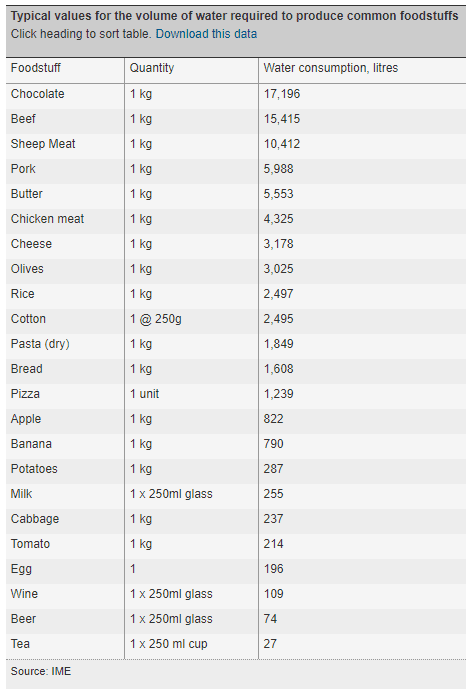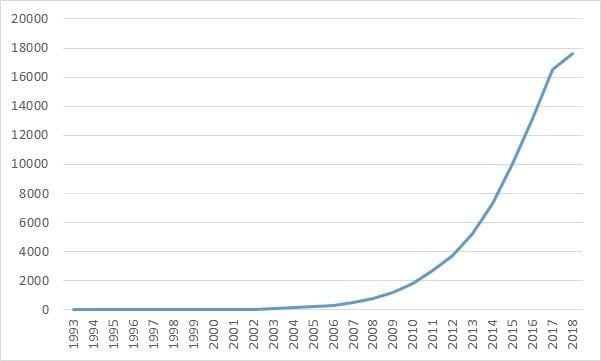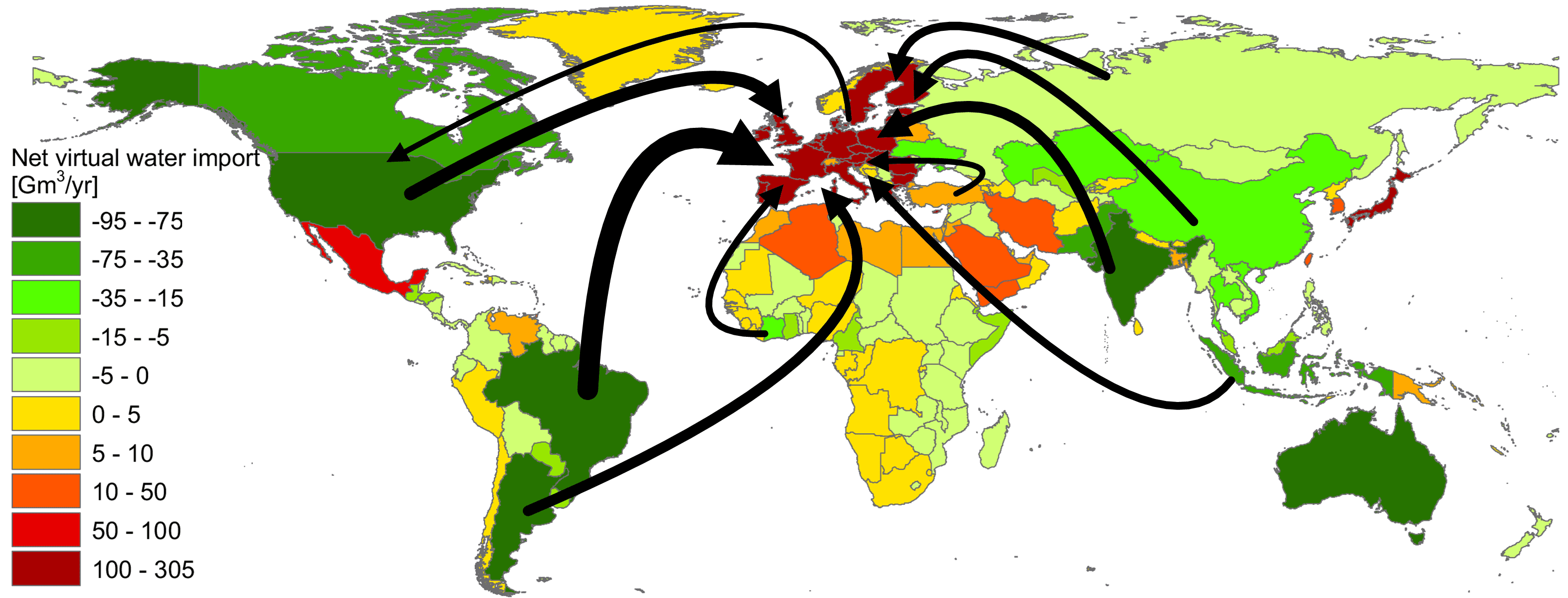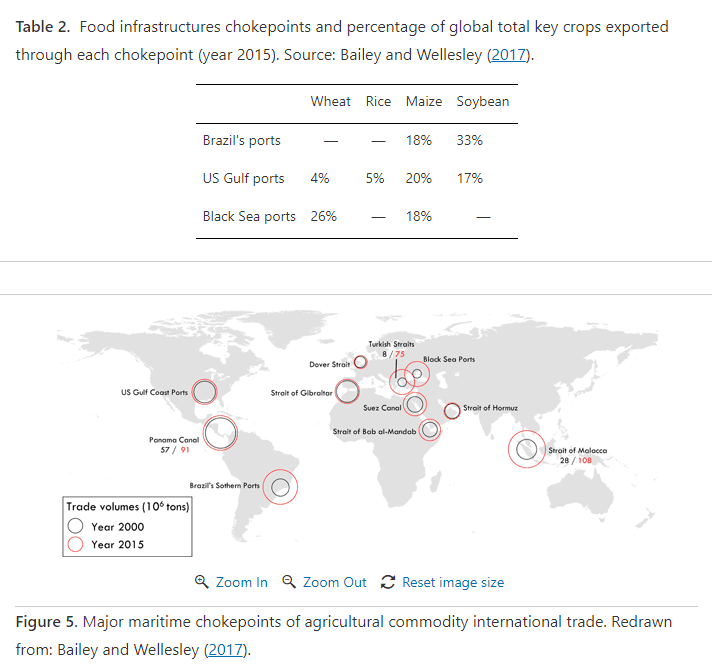India's Union Budget 2024-25: What did it bring for all?
The Indian budget every year has always been an eagerly awaited event. For many decades, the best minds in economics, finance, tax, business and industry throng the media house to analyze the provisions shared by the Financial Minister.










